
2022.08 Support Ecotourism in Wakayama and Nara Prefectures, and Beyond Experience environmentally conscious tourism and support Japan’s future
Photo credit: Wakayama Tourism Federation
A sojourn along the ancient Kumano Kodo Pilgrimage Route in Wakayama Prefecture, including a trip to Koyasan, one of Japan's most revered holy sites, offers a profound experience for visitors to the region. Further, outdoor activities along the Kawakami Headwaters in neighboring Nara Prefecture provide exhilarating experiences contributing to local ecosystems thriving well into the future.
The unrivaled history and heritage of Kumano Kodo

Photo credit: Wakayama Tourism Federation
The pedigree of the Kumano Kodo Pilgrimage Route speaks for itself. This sacred trail running throughout the Kii Peninsula in Wakayama Prefecture offers a world of natural beauty with deep historical roots. For over 1,000 years, pilgrims have walked these trails punctuated with brilliant features, including the Kumano Nachi Taisha Grand Shrine, Nachi Waterfall, and sublime old-growth forest.
Today, English-speaking tour guides are available to introduce visitors to this breathtaking location. With a guided tour, you'll leave with a more profound understanding of Kumano Kodo and a deeper connection to the ancient history and traditions that define it.
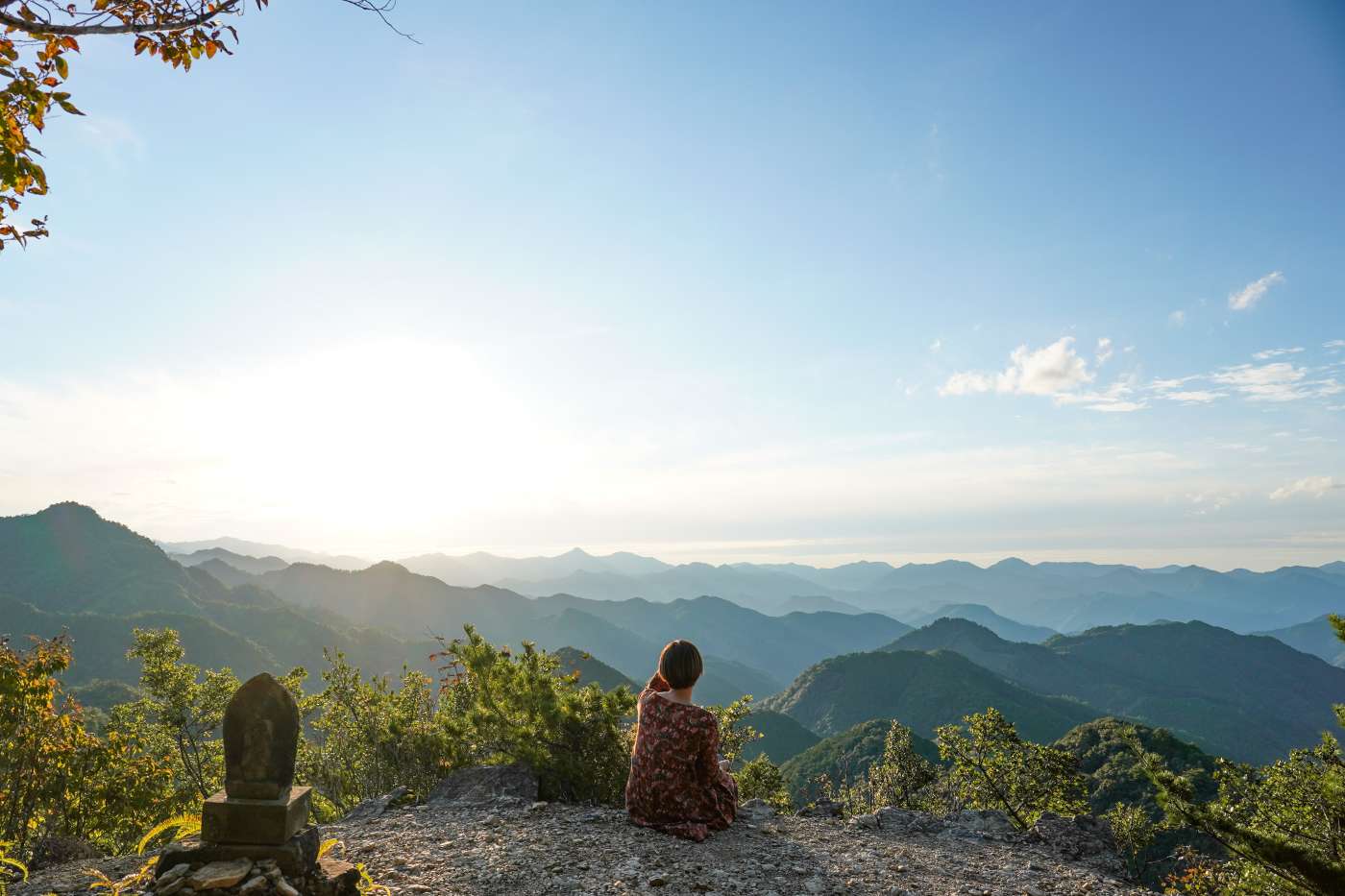
Photo credit: Wakayama Tourism Federation
When you embark on a trek along the Kumano Kodo Pilgrimage Route, you follow in the footsteps of countless pilgrims who have diligently trekked this revered trail for centuries. The stunning natural canvas that serves as a backdrop to your journey has remained unchanged for millennia, and ecotourism is a powerful way for the people responsible for preserving the integrity and history of the trail to continue.
Sights and sensations along the sacred trail
Away from the mysterious, dense old-growth forests that characterize much of the route, perhaps one of the most impressive man-made monuments along the Kumano Kodo Pilgrimage Route is Nachisan, the shrine-temple complex including Kumano Nachi Taisha Grand Shrine.
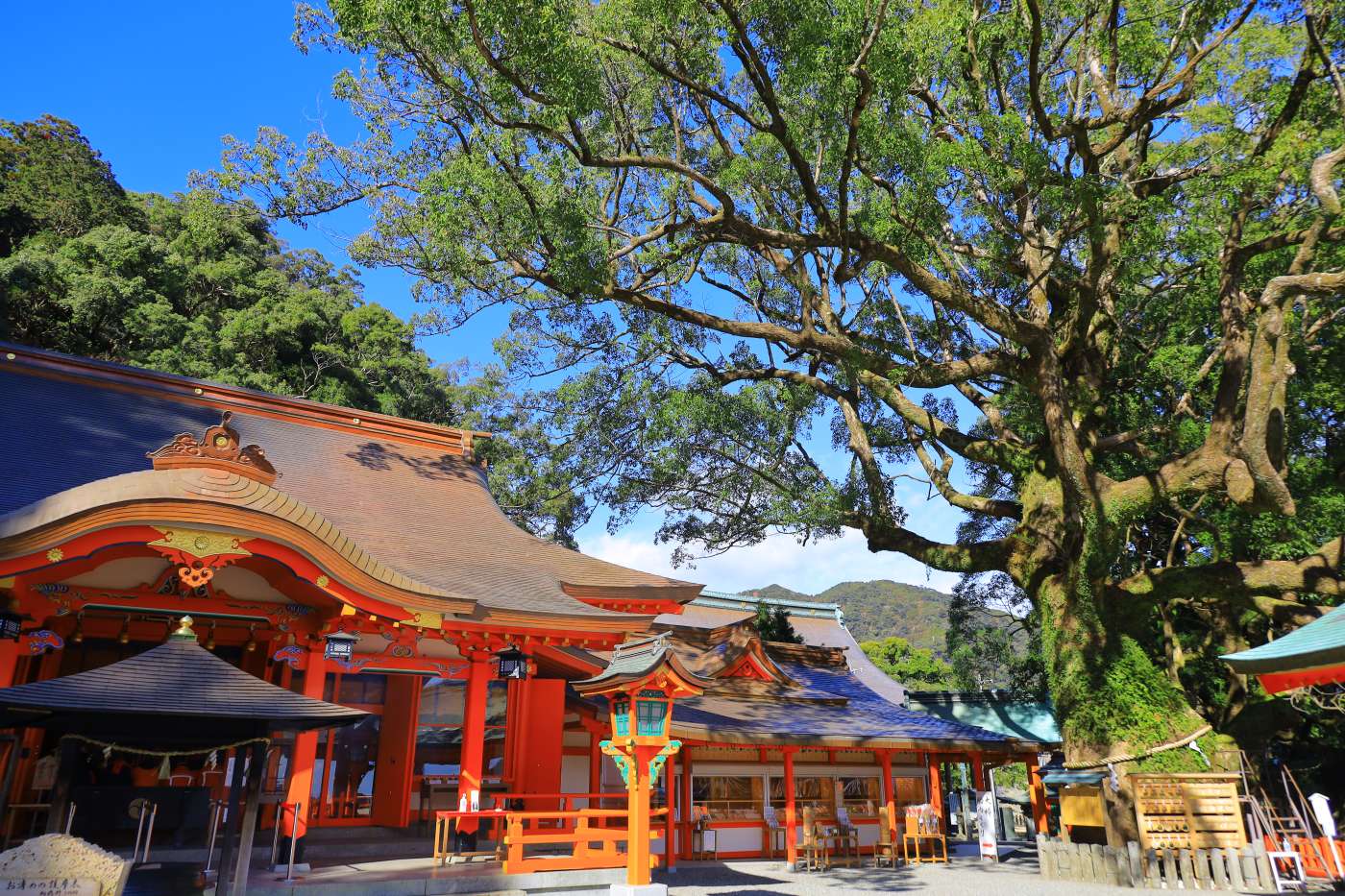
Photo credit: Wakayama Tourism Federation
Located hundreds of meters above sea level on the slopes of Mount Nachi, Nachisan and the Kumano Nachi Taisha Grand Shrine are important stops for pilgrims on the trail. A UNESCO World Heritage site, the shrine and temple complex has a fascinating history and is a combined syncretic place of worship for both the Buddhist and Shinto faiths.
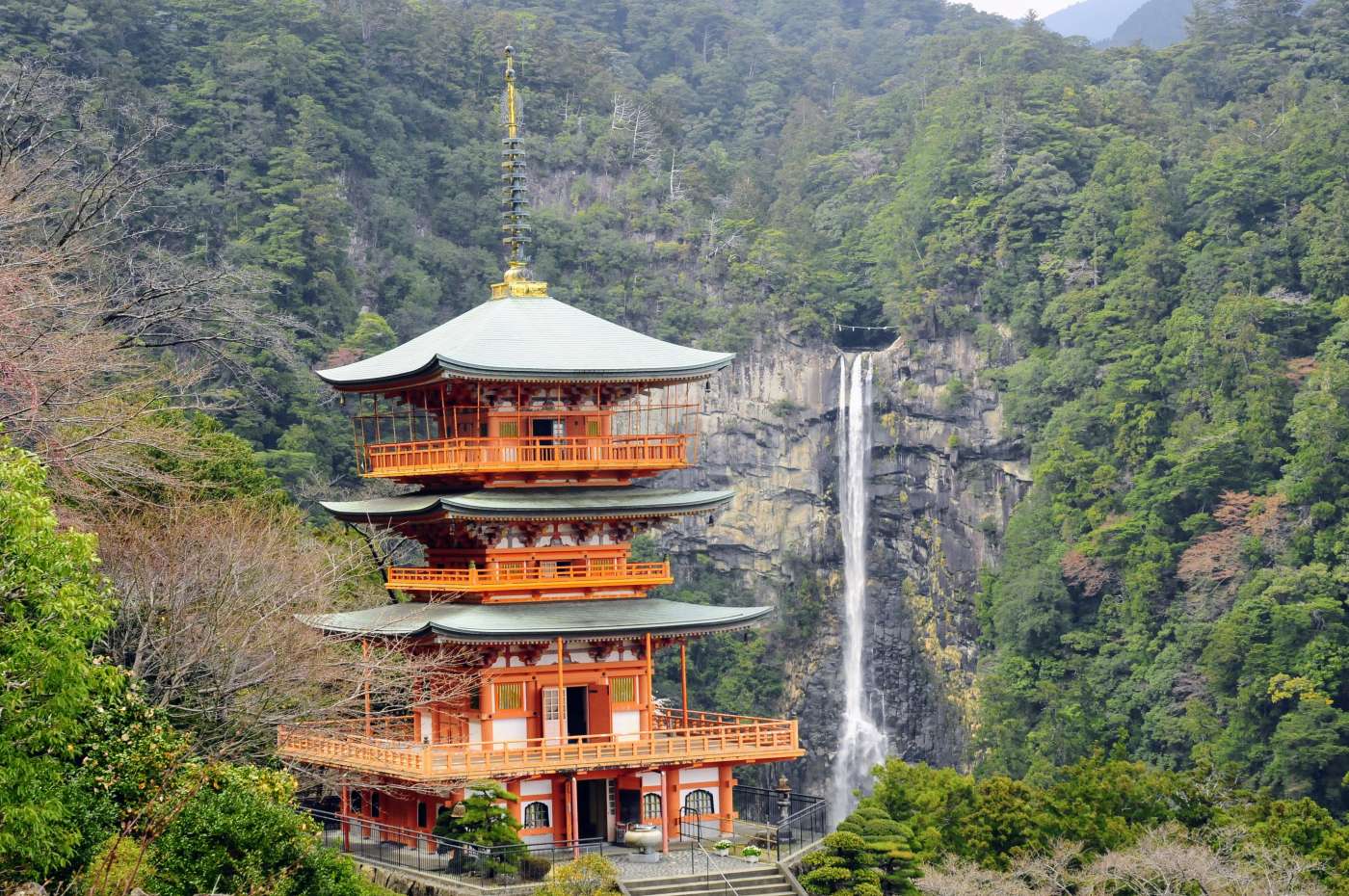
Photo credit: Wakayama Tourism Federation
Further along the trail, you’ll encounter one of Japan’s most celebrated waterfalls, Nachi Falls. This towering natural monument rises over 130 meters and is truly awe-inspiring. For centuries, artists have captured the falls on canvas and it remains one of the most memorable sites on the trail.
Koyasan: Japan’s holy mountain at the heart of Shingon Buddhism
The Kohechi mountainous route of the Kumano Kodo leads to Koyasan, one of Japan's most revered holy sites. A critical location for Japan's Shingon Buddhist community, this sacred mountain enclave is the location of the religion's first monastery built over 1,200 years ago.
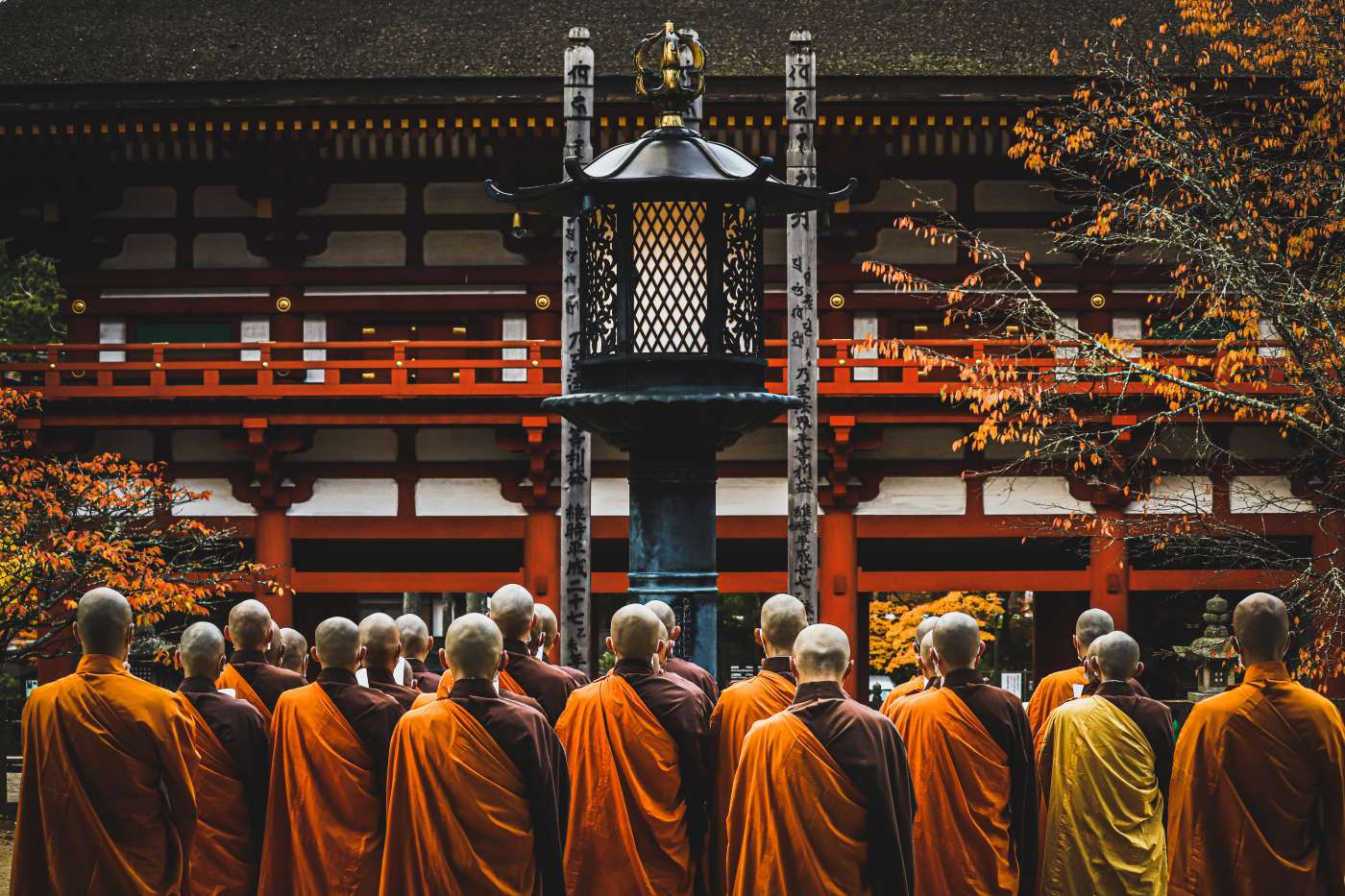
Photo credit: Wakayama Tourism Federation
At its height, over 2,000 temples stood at Koyasan. Today, over 100 remain, providing the visitor with a fascinating insight into Shingon Buddhist traditions, architecture and culture. Whether you choose to stay overnight at a retreat, sample the traditional “shojin ryori” vegetarian cuisine, or simply spend an afternoon contemplating the majestic mountain sanctuary, one thing is sure—you’ll never forget your visit to this deeply spiritual site.
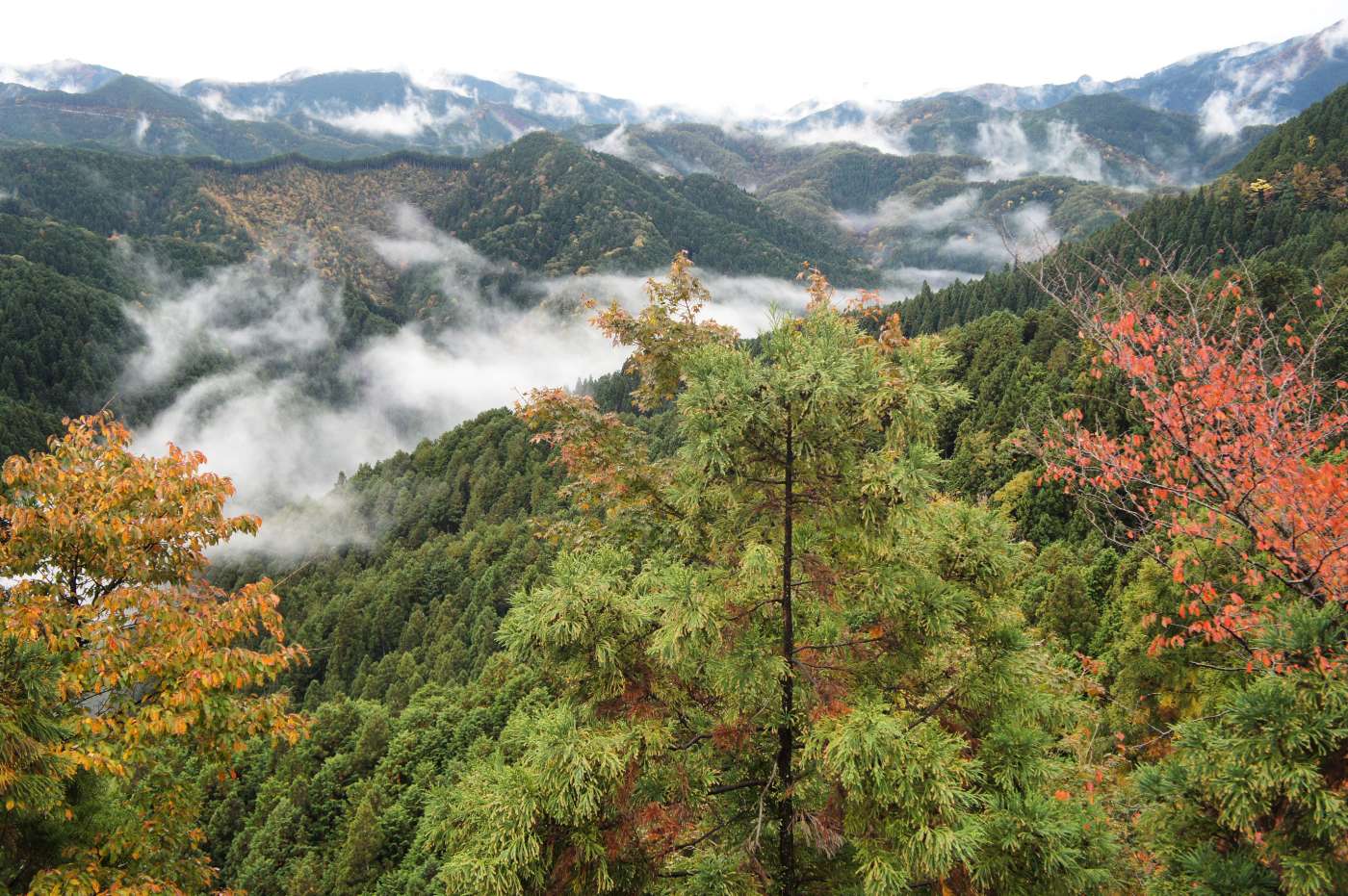
Photo credit: Wakayama Tourism Federation
Beyond the temple buildings and ancient rituals, the natural wonders around Koyasan are truly breathtaking. Dense forests carpet the slopes, while low-lying clouds hiding secret pockets of land add to the mystery and majesty of the mountain.
Supporting Wakayama: Forest bathing, star gazing, ume juice making and more
The area in Wakayama along the Kumano Kodo also offers a wealth of ecotourism activities. Inspired by ancient nature worship, practice the modern art of “shinrin-yoku”, or forest bathing, and reinvigorate yourself under the canopy of the trees. Discover a blanket of stars untampered by the lights of towns and cities.

Photo credit: Wakayama Tourism Federation
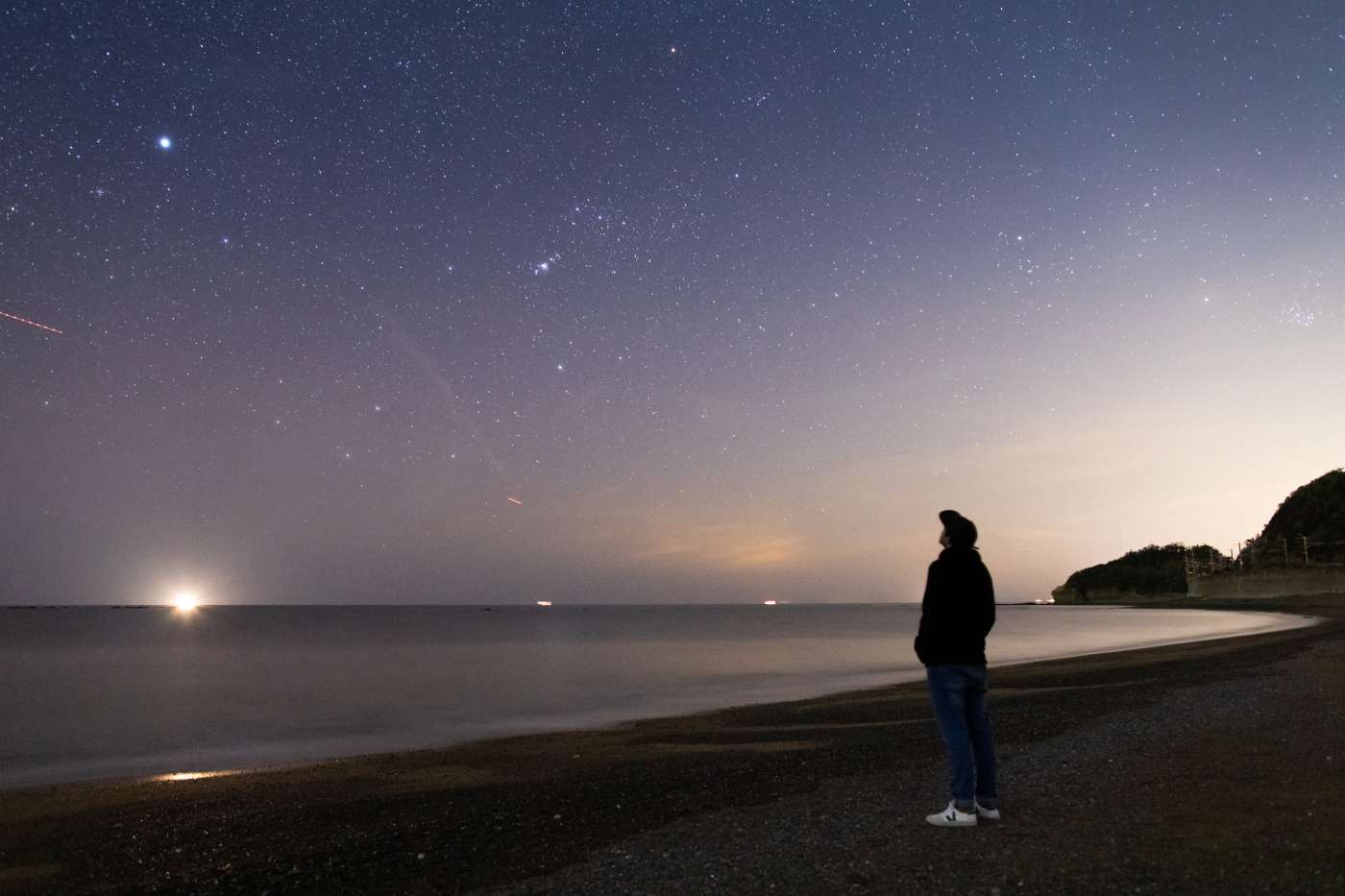
Photo credit: STAR FOREST
Hands-on workshops give visitors the chance to make juice from local ume, a type of plum and one of Wakayama’s most famous exports. You can also traverse waterways on a log raft as local communities have done for thousands of years, or try something a little more adrenaline-inducing, like parasailing from a mountain top or kayaking down a wild river.

Making ume (plum) juice from scratch is a great ecotourism activity to support local economy.
Photo credit: Wakayama Tourism Federation
Outdoor activities along the Kawakami Headwaters in Nara Prefecture
At the Kawakami Headwaters the Yoshino River and the Kinokawa River are formed. Both rivers are important in Nara Prefecture, the area neighboring Wakayama. On your visit to Wakayama, why not spend a few extra days exploring this beautiful natural site?
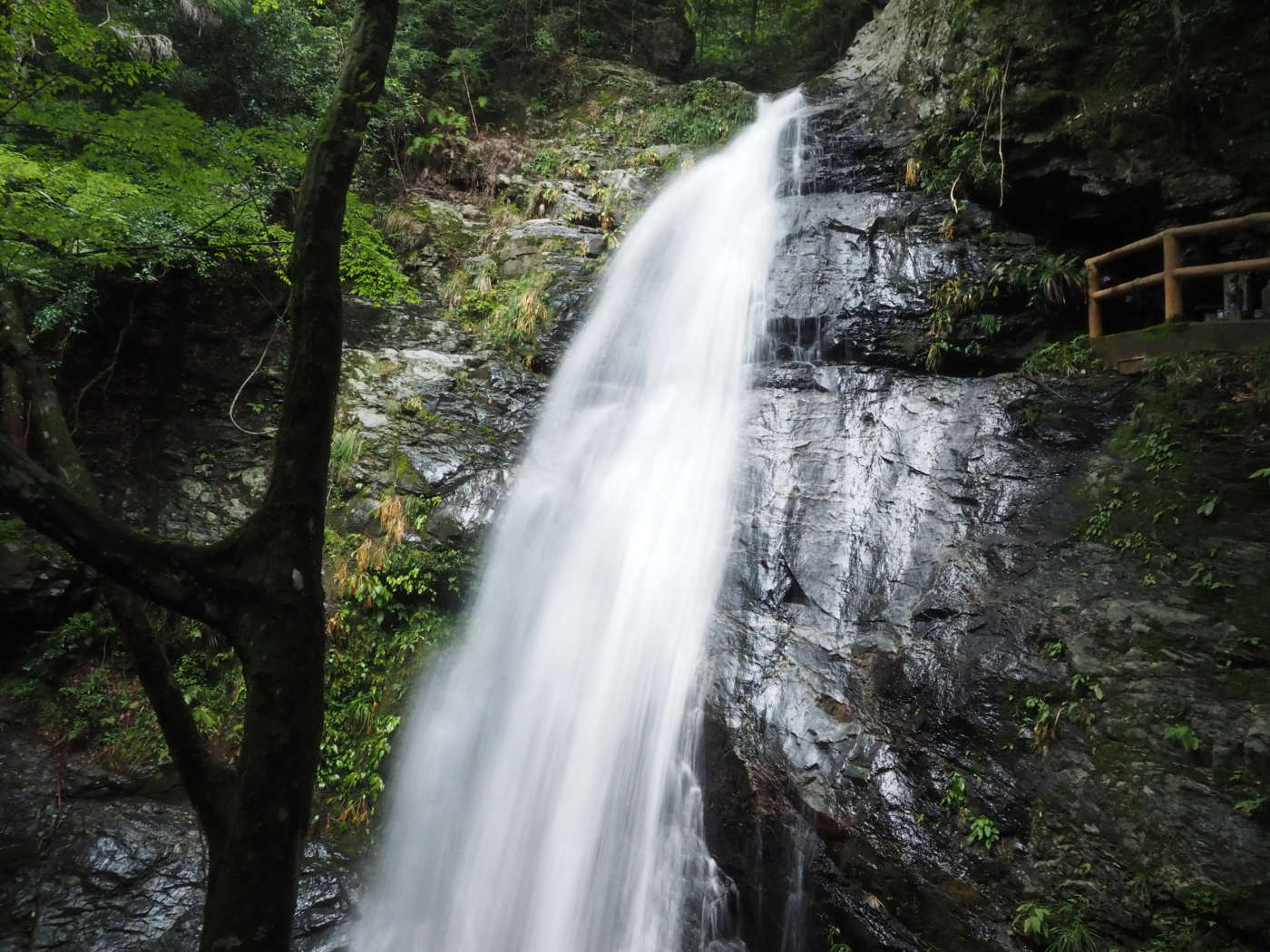
Photo credit: Kawakami Headwaters Tourism
As well as numerous forest hiking tours, there is much to do in and along the Nara Prefecture headwater. There's nothing better than taking a well-deserved dip in a crystal-clear pool after a long day on the trail. Or, in cooler months, enjoy the area's waterfalls and serene, glasslike lakes and lagoons.
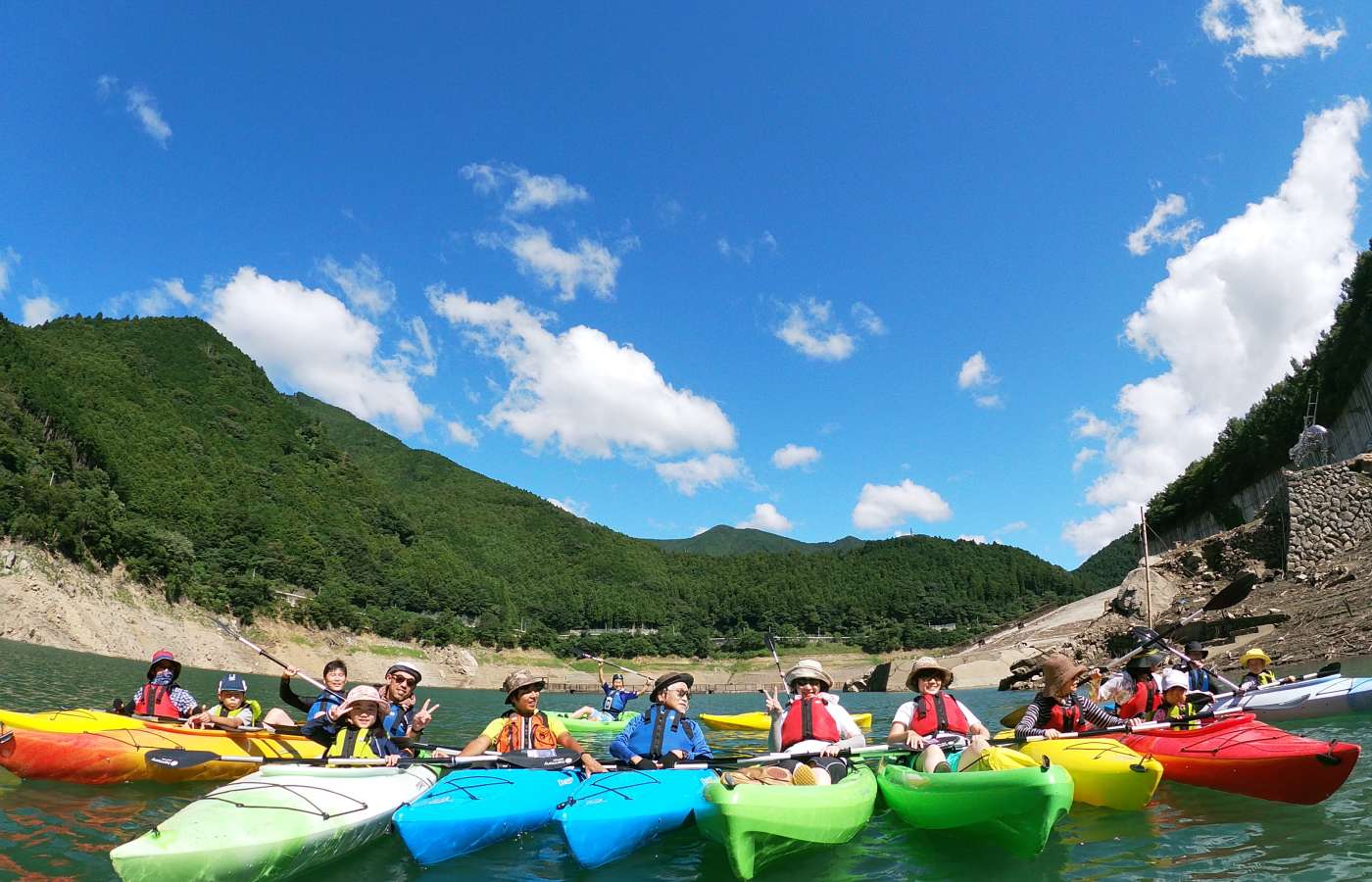
Photo credit: Yoiyoi-kawakami
Visitors passionate about watersports can take to the Otaki Ryujin-ko reservoir by kayak. Unlike river kayaking, paddling in a reservoir is much calmer and suitable for all experience levels. If you want to step away from the water for a few hours, don your hard hat, head torch and overalls to join a tour of the area's extensive cave network.
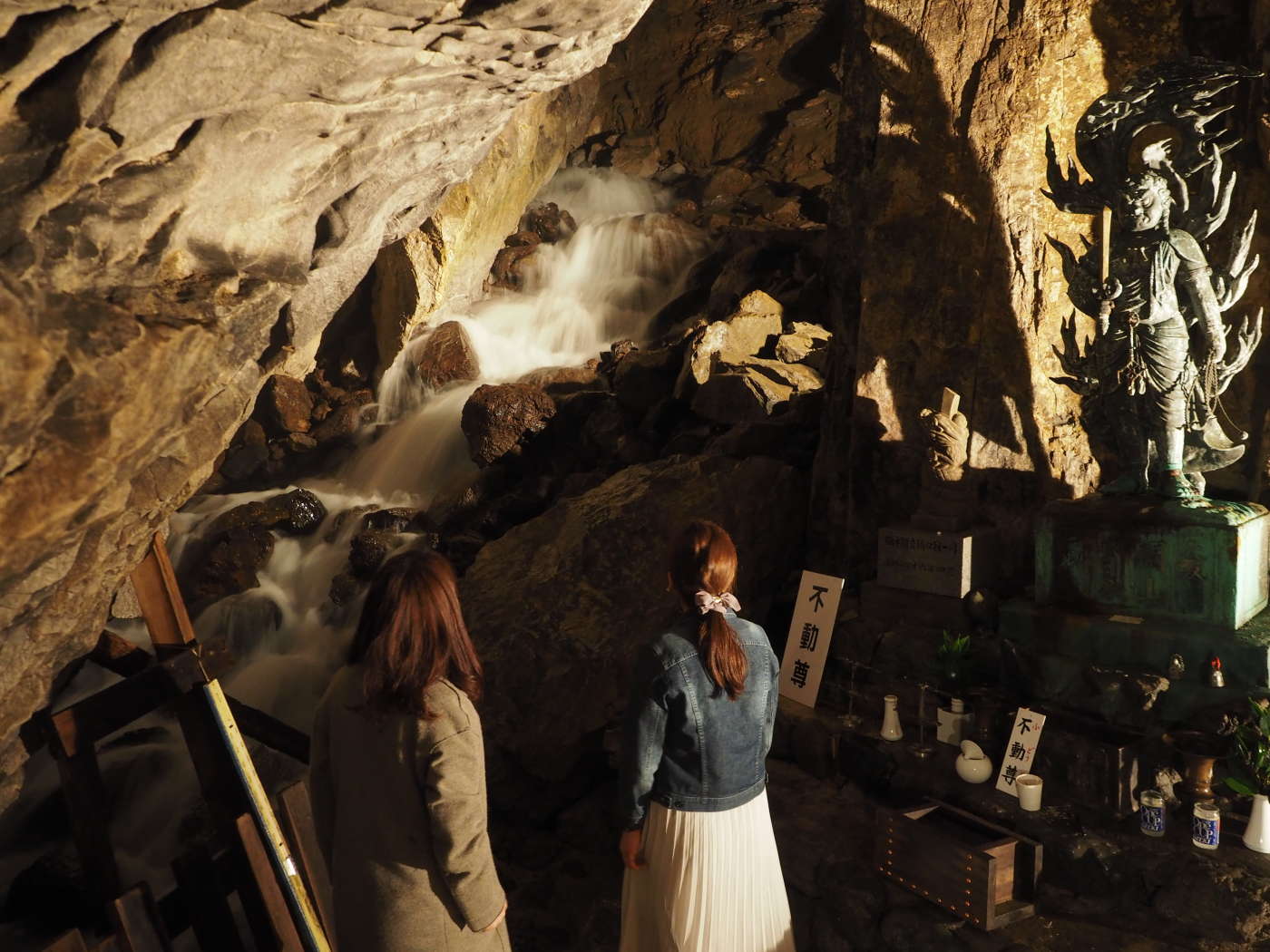
Photo credit: Kawakami Headwaters Tourism
Promoting ecotourism for future generations
Ecotourism is about getting involved with activities that directly benefit the local communities where they are held. In Wakayama and Nara prefectures, you can contribute significantly by supporting local businesses, guides, restaurants and ancient sites.
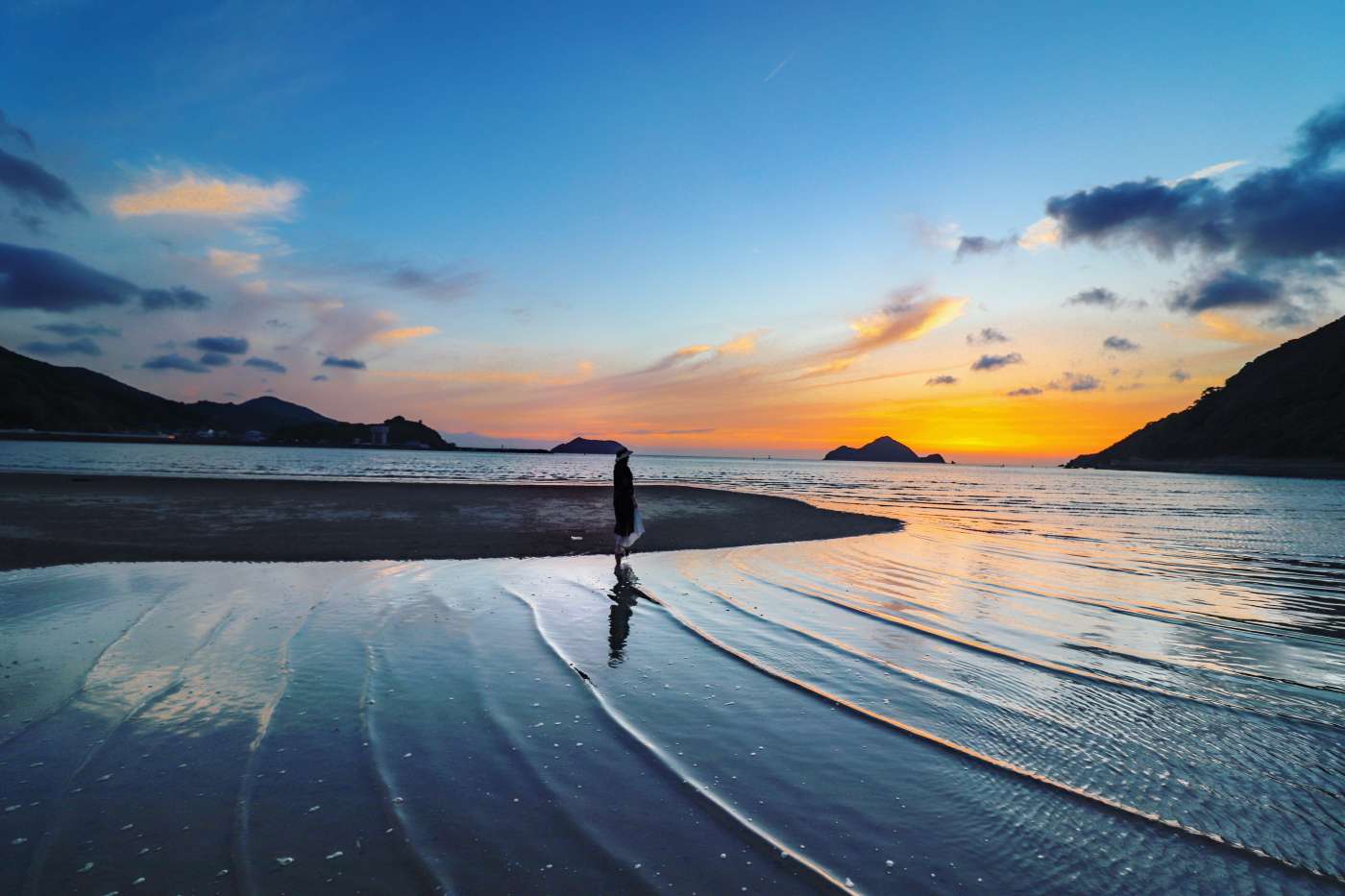
Photo credit: Wakayama Tourism Federation
From antique shrines to millennia-old traditions and awe-inspiring natural sites, there's something for all visitors to Wakayama Prefecture and neighboring Nara. And, as an eco-tourist, you're directly enabling the area to thrive. Japan's natural and historic sites are a gift, and the best way to accept these gifts is to enjoy them responsibly.
With so much to experience here, an afternoon simply isn't enough. Rest assured, you've come to the right place for a taste of Japan at its most serene and beautiful. Slow down, take time out of your schedule and experience these areas as they were always meant to be enjoyed—in peace, with purpose and respect.
Business hours
Due to measures to prevent the spread of COVID-19, business hours may be subject to change; please check with the venues before visiting.




















































